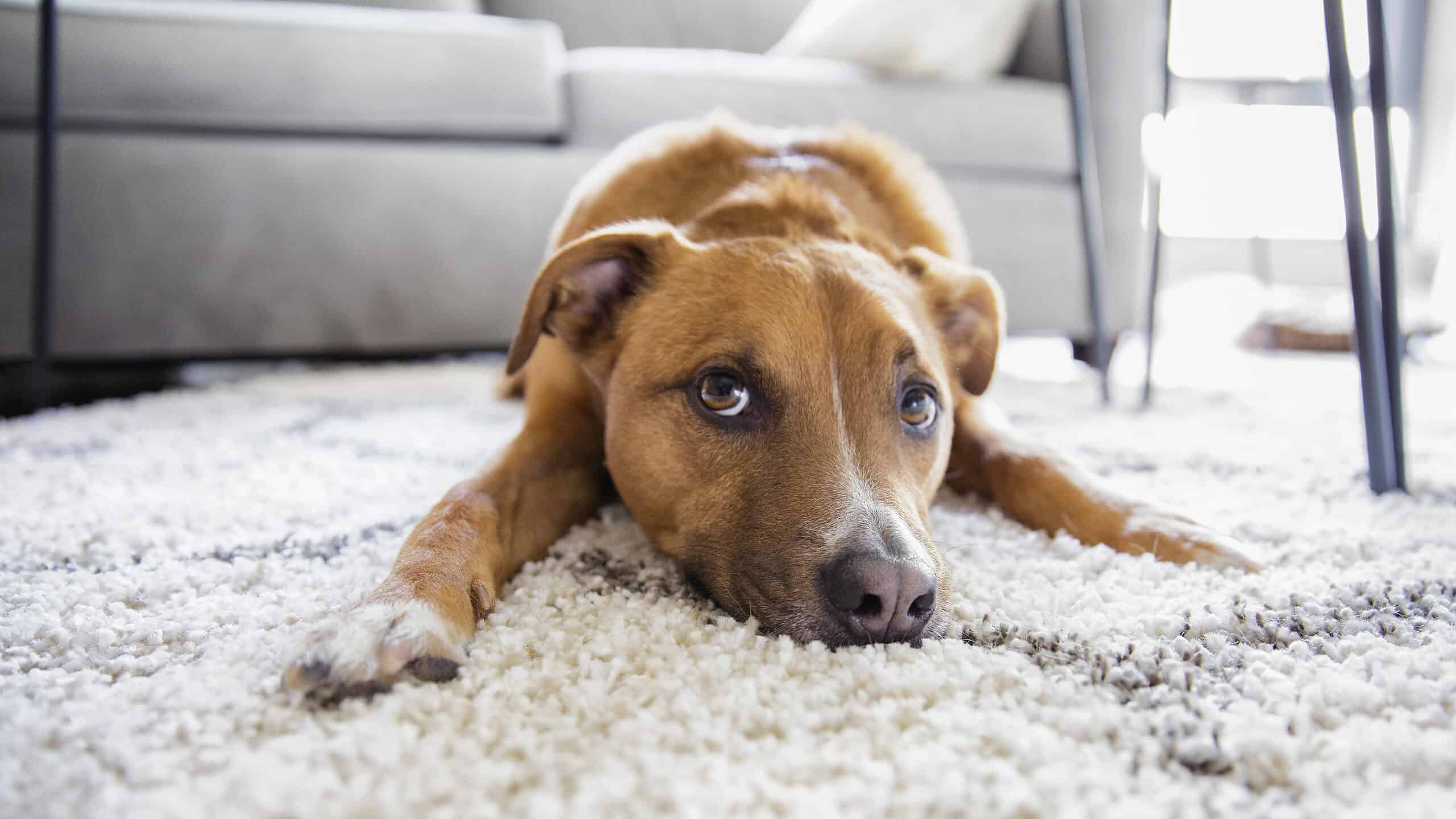

Articles
Why Do Dogs Scratch Rugs
Modified: December 7, 2023
Looking for articles on why dogs scratch rugs? Discover the reasons behind this behavior and find helpful tips to prevent it. Keep your rugs intact!
(Many of the links in this article redirect to a specific reviewed product. Your purchase of these products through affiliate links helps to generate commission for Storables.com, at no extra cost. Learn more)
Introduction
Dogs are known for their playful and mischievous nature. They bring joy and companionship to our lives, but sometimes they engage in behaviors that leave us scratching our heads. One such behavior is their tendency to scratch rugs. Whether it’s a luxurious carpet or a simple area rug, dogs seem to have a penchant for digging their paws into them. So, why do dogs scratch rugs?
Understanding the reasons behind this behavior can help us address it effectively. In this article, we will delve into the various factors that contribute to dogs scratching rugs and explore potential solutions to manage this behavior.
It is important to note that every dog is unique, and the reasons for rug scratching can vary. However, by gaining insight into the common underlying causes, we can better understand and address this behavior.
So, let’s uncover the mysteries of why our furry friends insist on scratching rugs!
Key Takeaways:
- Understanding the reasons behind your dog’s rug scratching behavior, such as itchiness, comfort-seeking, and instinctual needs, can help you address the issue effectively and provide suitable alternatives for their scratching needs.
- Implementing consistent training, providing designated scratching areas, and engaging your dog in physical and mental stimulation can help redirect their rug scratching behavior and create a harmonious living environment for both you and your furry friend.
Read more: Why Do Dogs Scratch At The Floor
Understanding the Behavior of Dogs
To understand why dogs scratch rugs, we need to look at their behavior from an evolutionary standpoint. Dogs are descendants of wolves, and although they have been domesticated for thousands of years, they still retain some of their ancestral instincts.
One common behavior seen in dogs is digging or scratching. Wolves scratch the ground to create comfortable resting spots, hide food, or mark their territory. This behavior has been passed down to our canine companions, albeit in a slightly modified form.
Dogs scratch rugs for several reasons, which can include itchiness, seeking comfort and relaxation, marking territory, and instinctual behavior. Let’s explore these factors in more detail.
The Itchiness Factor
One of the main reasons why dogs scratch rugs is itchiness. Just like humans, dogs can experience skin irritation and allergies that cause them to itch. Rugs provide a textured surface that allows them to scratch their itch more effectively.
There are various factors that can contribute to itchiness in dogs. These include fleas, ticks, mites, allergies to certain foods or environmental factors, dry skin, and skin infections. If your dog is scratching excessively and you notice redness, swelling, or other signs of skin irritation, it’s important to consult with a veterinarian to determine the underlying cause.
Treating the itchiness will help alleviate the urge for your dog to scratch rugs. Your veterinarian may recommend antihistamines, medicated shampoos, or other treatments based on the underlying cause of the itchiness. By addressing the root cause, you can help your dog find relief and minimize rug scratching behavior.
Seeking Comfort and Relaxation
Dogs are creatures of comfort, and they often seek out cozy spots to relax and unwind. Rugs, with their soft texture and warmth, can be an enticing spot for dogs to curl up and find comfort.
When dogs scratch rugs, it can be a way for them to create a comfortable nest-like space. By pawing at the rug and adjusting it to their liking, dogs can create a cozy spot to rest. This behavior is similar to how wolves scratch the ground to create a comfortable sleeping area in the wild.
If you notice your dog scratching rugs excessively in specific areas, it may indicate that they have identified those spots as their designated resting spots. Consider providing your dog with a designated dog bed or crate, complete with comfortable bedding and blankets. By offering an alternative cozy spot to relax, you can redirect their scratching behavior away from the rug.
Additionally, providing ample opportunities for physical and mental stimulation, such as daily walks, play sessions, and puzzle toys, can help your dog find relaxation in other ways. A tired and mentally stimulated dog is less likely to resort to rug scratching as a means of seeking comfort.
Marking Territory
Another possible reason why dogs scratch rugs is to mark their territory. Dogs have scent glands in their paws, which release a unique scent when they scratch or dig at a surface. This scent serves as a form of communication, signaling to other dogs that the area has been claimed.
Rugs, especially those located near entryways or in common areas of the house, can be prime targets for dogs to mark their territory. They may scratch the rug as a way to leave their scent and assert their presence.
It’s important to understand that dogs engage in this behavior instinctively, and it is not a reflection of disobedience or a desire to destroy your rugs. To address this behavior, it’s essential to provide your dog with appropriate outlets for marking their territory.
Consider designating an outdoor area where your dog can scratch or dig to their heart’s content. Provide them with a dog-friendly sandbox or a designated digging spot in your yard where they can engage in this natural behavior. By redirecting their need to mark territory to an appropriate location, you can help prevent them from scratching your rugs.
Additionally, ensure that your dog is properly socialized and exposed to other dogs in controlled environments. This can help reduce the need for excessive territorial marking indoors.
Read more: Why Do Dogs Lick Rugs
Instinctual Behavior
Instincts play a significant role in a dog’s behavior, and scratching rugs can be an instinctual behavior that stems from their ancestral instincts. As descendants of wolves, dogs have a natural inclination to dig and scratch at surfaces. This behavior served as a way for their wild ancestors to uncover food, create shelter, or protect themselves.
While domesticated dogs may not need to rely on digging and scratching for survival, these instinctual behaviors can still manifest in certain situations. The texture and composition of rugs can trigger a dog’s instinct to scratch and dig.
In some cases, dogs may scratch rugs as a way to relieve boredom or excess energy. If they do not have adequate physical and mental stimulation, they may resort to rug scratching as a form of self-entertainment. Providing regular exercise, interactive toys, and engaging activities can help fulfill their instinctual needs and reduce the tendency to scratch rugs.
It’s important to note that instincts are deeply ingrained in a dog’s behavior, and completely eradicating their desire to scratch rugs may not be possible. However, through proper training and redirection, you can minimize the occurrence of this behavior and provide outlets for their instinctual needs.
Health Concerns
While scratching rugs can be a normal behavior for some dogs, it’s essential to consider the potential health concerns that may be associated with excessive scratching.
First and foremost, persistent rug scratching can lead to skin irritation and inflammation. If your dog constantly scratches at the rugs, it can cause abrasions, redness, and even open wounds on their skin. These areas are prone to infection, which can further exacerbate the issue.
In addition to skin problems, excessive rug scratching can also result in injuries to your dog’s nails and paw pads. Dogs that aggressively scratch at rugs may wear down their nails unevenly or cause injuries to their paw pads, leading to discomfort and possible infection.
Furthermore, repeated rug scratching can also be a sign of underlying health conditions such as allergies, mites, or skin infections. It’s important to monitor your dog’s overall health and consult with a veterinarian if you notice any concerning symptoms or patterns of excessive scratching.
A thorough examination by a veterinarian will help identify the root cause of the excessive rug scratching and determine the best course of action. Treatment options may include medication, changes in diet, or the use of special shampoos or creams to alleviate the underlying health issue and reduce the urge to scratch rugs.
Remember, the health and well-being of your dog should always be a top priority, and addressing any potential health concerns related to rug scratching is crucial for their overall comfort and happiness.
Dealing with Rug Scratching Behavior
If your dog has developed a habit of scratching rugs, it’s important to address the behavior to prevent damage to your rugs and maintain your dog’s well-being. Here are some strategies you can employ to deal with rug scratching behavior:
1. Training and Behavioral Modification:
Consistency is key when it comes to training your dog. Use positive reinforcement to teach them appropriate behavior and discourage rug scratching. Reward your dog with treats and praise when they engage in desirable alternatives, such as using a designated scratching post or bed.
It’s important to catch your dog in the act of scratching and redirect their behavior promptly. Use verbal cues or a clicker to communicate your expectations and guide them towards more appropriate actions.
Read more: Why Do Cats Scratch On Mirrors
2. Providing Alternatives:
Offer your dog suitable alternatives to satisfy their need to scratch. Invest in a sturdy scratching post or mat that provides a similar texture and sensation to rugs. Encourage your dog to use the designated scratching area by sprinkling catnip or using toys and treats to reward them when they engage with it.
Consider placing the scratching post near the rug they usually scratch, gradually moving it away to redirect their attention. Consistency and positive reinforcement will help them understand that the scratching post is the appropriate place for their scratching behavior.
3. Environmental Management:
Make the rug less appealing for your dog to scratch by using deterrents such as double-sided tape or aluminum foil. These textures are unappealing for dogs to scratch and can discourage them from engaging in the behavior. Alternatively, you can use pet-friendly sprays with scents that dogs find unpleasant to deter them from scratching the rug.
4. Engaging Exercise and Mental Stimulation:
A tired and mentally stimulated dog is less likely to resort to rug scratching as a means of entertainment. Provide your dog with daily exercise, such as walks or play sessions, to help expend their energy. Engage them in interactive toys, puzzle games, and training sessions to keep their minds occupied and fulfill their mental stimulation needs.
Remember, patience and consistency are key when addressing and modifying your dog’s behavior. It may take time and a combination of different strategies to see progress. If the rug scratching behavior persists or worsens, it is recommended to consult with a professional dog trainer or behaviorist for specialized guidance and assistance.
Training and Behavioral Modification
When it comes to dealing with rug scratching behavior in dogs, training and behavioral modification techniques can be highly effective. By implementing consistent training methods and modifying their behavior, you can redirect their focus and discourage them from scratching rugs. Here are some strategies to consider:
Read more: Why Do Cats Scratch The Floor
1. Positive Reinforcement:
Positive reinforcement is a powerful tool in training dogs. Rewarding your dog with treats, praise, or play when they exhibit desired behaviors, such as using a designated scratching post or bed, encourages them to repeat those actions. Whenever you catch your dog scratching the rug, gently redirect their attention to the appropriate scratching area and reward them when they engage with it.
2. Consistency:
Consistency is key in training. Dogs thrive on routine, so it’s important to establish clear rules and consistently reinforce them. Create a designated area for your dog to scratch, such as a scratching post, and consistently redirect them to it whenever they approach the rug. Refrain from scolding or punishing your dog for rug scratching, as it may create fear or confusion. Instead, be patient and consistently redirect their behavior to more appropriate alternatives.
3. Verbal Cues and Commands:
Teach your dog verbal cues or commands that can be used to redirect their scratching behavior. For example, when you notice your dog starting to scratch the rug, use a firm and clear command like “No” or “Leave it.” Immediately guide them to the designated scratching area and reward them when they engage with it. Over time, they will learn to associate the command with the appropriate behavior and respond accordingly.
4. Provide Adequate Scratching Alternatives:
Ensure that your dog has access to appropriate scratching alternatives, such as scratching posts or mats. Place these alternatives near the areas where they typically scratch the rug. Make them visually appealing by rubbing them with catnip or placing treats or toys nearby. Encourage your dog to use these alternatives by gently guiding their paws and praising them when they scratch the designated area.
Read more: Why Do Cats Scratch On Furniture
5. Seek Professional Help if Needed:
If your dog’s rug scratching behavior persists despite your efforts, it may be beneficial to seek the assistance of a professional dog trainer or behaviorist. They can assess your dog’s behavior, provide specialized guidance, and develop a customized training plan to address the issue effectively.
Remember, training and modifying your dog’s behavior requires patience, consistency, and positive reinforcement. With time and dedication, you can redirect their attention away from rugs and encourage more desirable scratching behaviors.
Providing Alternatives
One effective way to address rug scratching behavior in dogs is to provide them with suitable alternatives. By offering alternative surfaces or objects for them to scratch, you can redirect their behavior away from your precious rugs. Here are some strategies to consider:
1. Scratching Posts or Mats:
Invest in a sturdy and appropriate scratching post or mat for your dog. Choose a scratching surface that mimics the texture of rugs, such as sisal or carpet. Place the scratching post or mat near the area where your dog typically scratches the rug. Encourage your dog to use it by gently guiding their paws and rewarding them when they scratch the designated surface. Over time, they will learn to associate the scratching post or mat as the appropriate place for their scratching needs.
2. Vertical and Horizontal Surfaces:
Dogs have different preferences when it comes to scratching surfaces. Some prefer to scratch vertically, while others prefer horizontal surfaces. It’s essential to understand your dog’s preference and provide a variety of options. Place vertical scratching posts or boards against a wall or furniture, and provide horizontal scratching mats or pads. This variety allows your dog to choose the surface that suits their scratching instincts.
Read more: Why Do Rugs Shed
3. Catnip and Other Attractants:
Make the alternative scratching surfaces more enticing for your dog by incorporating catnip or other attractants. Rubbing a small amount of catnip on the scratching post or mat can make it more appealing and encourage your dog to engage with it. You can also use treats, toys, or their favorite scent to attract their attention to the designated scratching areas. Consistently reward and praise your dog when they use the provided alternatives to reinforce their behavior.
4. Interactive Toys:
Engage your dog with interactive toys that stimulate their natural instincts and provide a means of scratching. Puzzle toys that dispense treats can keep them mentally stimulated while fulfilling their natural urge to claw or scratch. Look for toys that have specific scratching components or textures to provide an additional outlet for their scratching needs.
5. Keep Rugs Out of Reach:
If your dog consistently scratches a specific rug and it’s not essential to have it within their reach, consider temporarily removing the rug or restricting access to that area. This can help break the habit and redirect their attention to the provided alternatives. Once they have established the desired scratching behavior on appropriate surfaces, you can gradually reintroduce the rug and monitor their behavior.
Remember, consistency and positive reinforcement are crucial when providing alternatives for your dog’s scratching needs. By offering suitable options and rewarding their use, you can redirect their behavior away from your rugs and save them from unnecessary damage.
Conclusion
Rug scratching behavior in dogs can be a frustrating challenge for many pet owners. However, by understanding the reasons behind this behavior and implementing effective strategies, it is possible to address and manage this issue.
It is important to recognize that rug scratching can stem from various factors, including itchiness, seeking comfort, marking territory, and instinctual behavior. By identifying the underlying cause, such as allergies or boredom, you can tailor your approach to effectively address the behavior.
Training and behavioral modification techniques, coupled with positive reinforcement, play a crucial role in redirecting your dog’s scratching behavior. By consistently rewarding desirable alternatives, providing designated scratching areas, and engaging your dog in physical and mental stimulation, you can successfully modify their behavior and minimize rug scratching.
Additionally, providing suitable alternatives, such as scratching posts or mats, and making them appealing through the use of catnip or toys, can help redirect your dog’s scratching behavior away from your rugs. By offering variety and catering to their preferences, you can encourage them to engage with the provided alternatives.
Ultimately, patience, consistency, and understanding are key when it comes to addressing rug scratching behavior in dogs. While complete elimination of the behavior might not always be possible, with proper training, redirection, and the implementation of suitable alternatives, you can significantly reduce rug scratching and create a more harmonious environment for both you and your furry friend.
Remember, if you are struggling to manage your dog’s rug scratching behavior or if you suspect underlying health issues, it is always recommended to consult with a professional veterinarian or dog behaviorist for further guidance and assistance.
With your dedication and the proper approaches, you can help your dog overcome the urge to scratch rugs and create a happy and comfortable living space for both of you.
Frequently Asked Questions about Why Do Dogs Scratch Rugs
Was this page helpful?
At Storables.com, we guarantee accurate and reliable information. Our content, validated by Expert Board Contributors, is crafted following stringent Editorial Policies. We're committed to providing you with well-researched, expert-backed insights for all your informational needs.
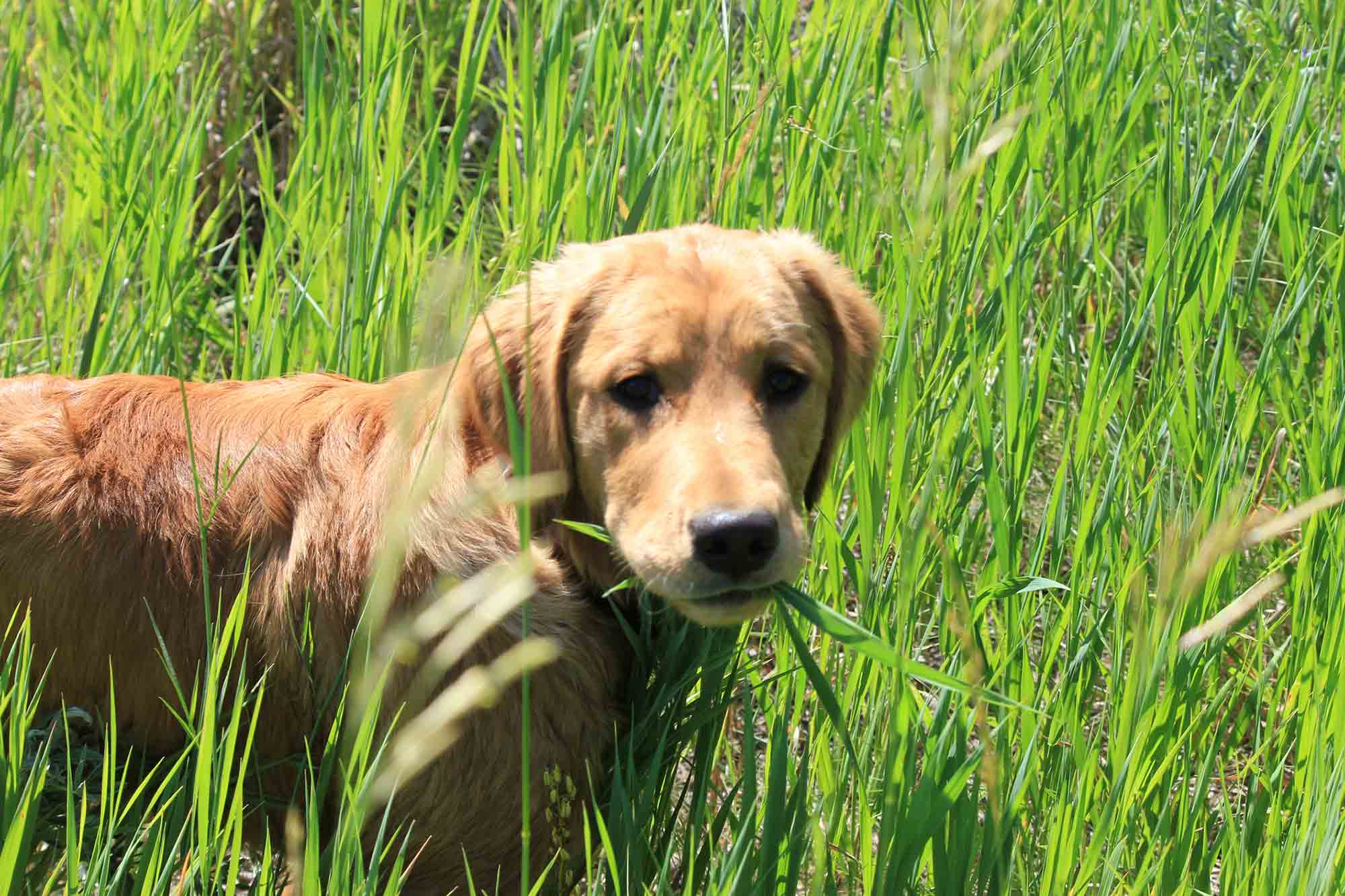
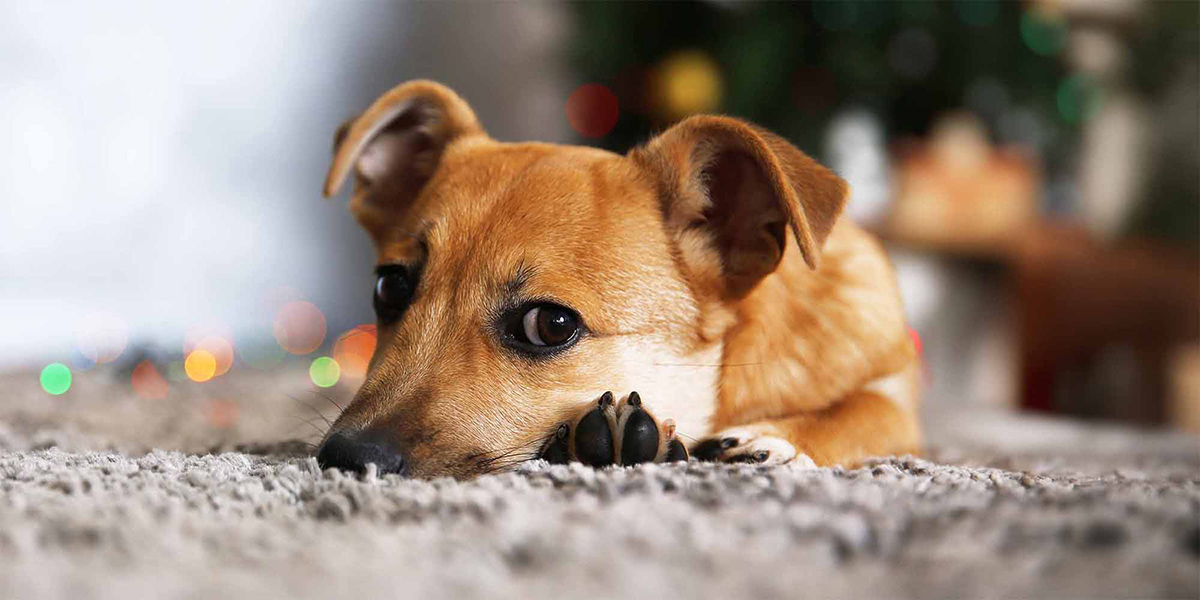




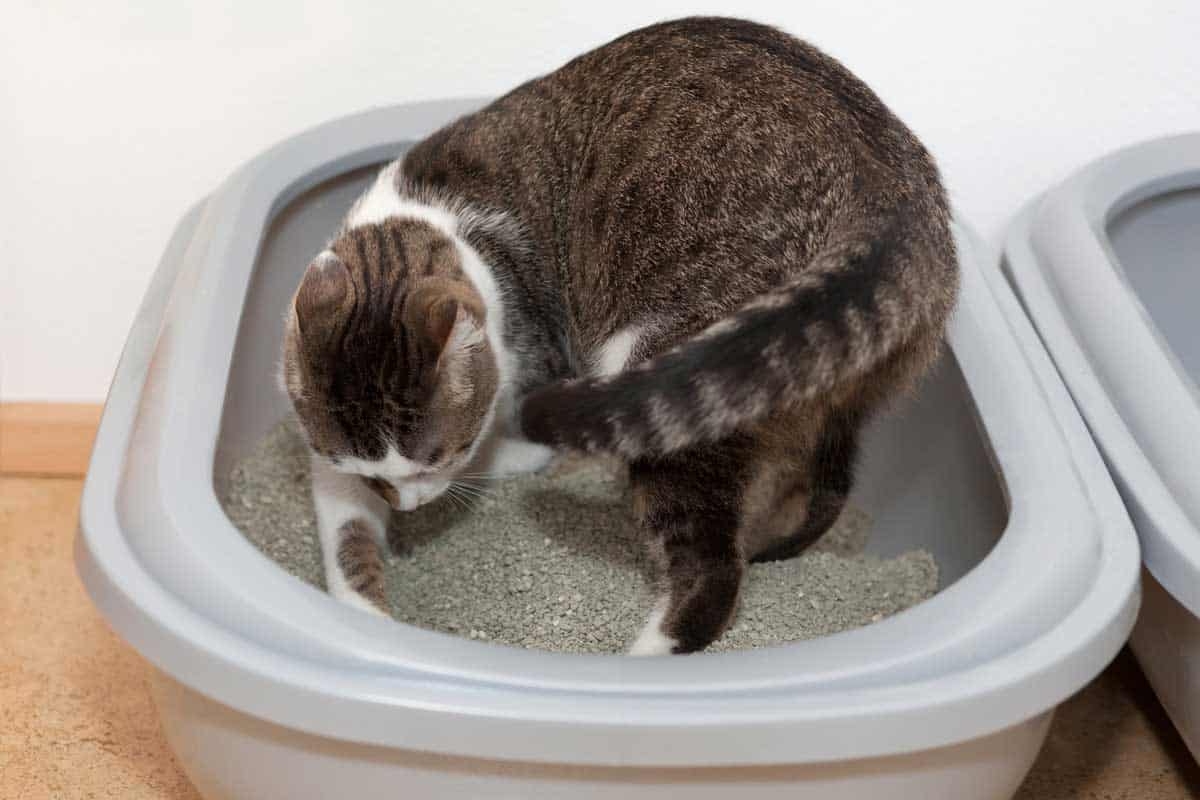
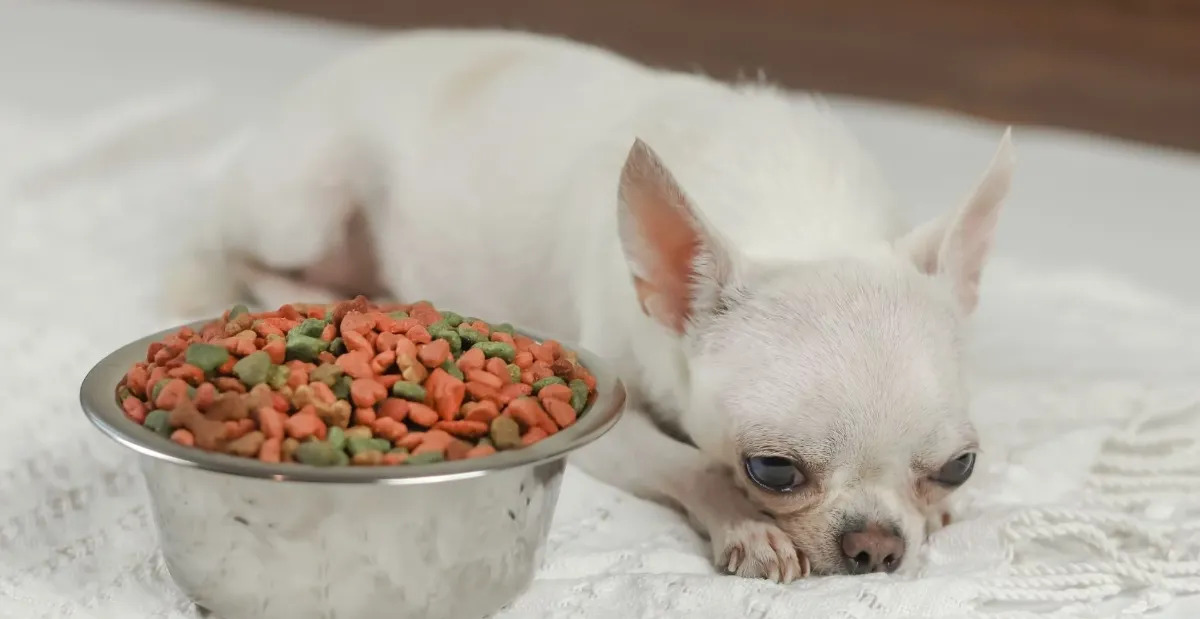



0 thoughts on “Why Do Dogs Scratch Rugs”